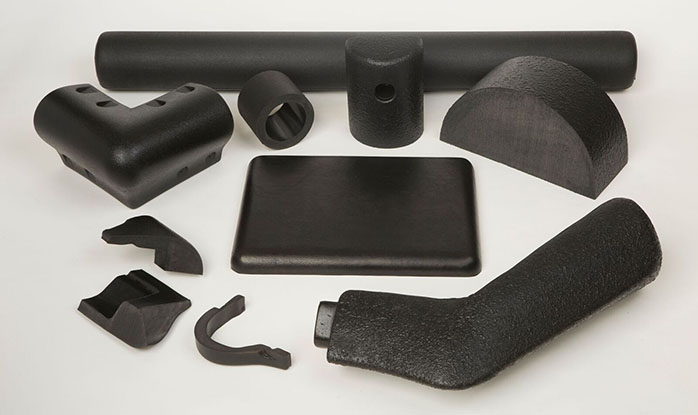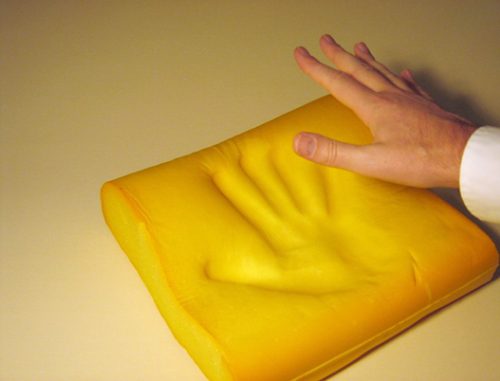Microcellular Thermoplastic Polyurethane Foams

Tpu foams via scco 2 foaming possesses excellent performance in damping and resilience devices and hence there is a great need of theoretical research on tpu foaming.
Microcellular thermoplastic polyurethane foams. In this work an environmentally friendly effective facile and co 2 based foaming technique was presented to fabricate microcellular polypropylene pp foams with bcs via blending with thermoplastic polyurethane tpu. Thermoplastic polyurethane tpu our mold release agents for polyurethane provide a competitive advantage to the largest and smallest manufacturers alike. 3m microcellular polyurethane foam products consist of a thermoset microcellular pu foam with or without an adhesive backing. Under the co 2 pressure of 15 17 mpa it is observed that microcellular tpu foams with cell sizes smaller than 10 μm were obtained.
Cellasto is the trade name for basf polyurethanes high performance microcellular polyurethane elastomer. In this study the thermoplastic polyurethane tpu composed of same type soft and hard segment while different hard segment contents was selected to prepare microcellular tpu foams using co 2 as the physical blowing agent in a batch foaming process. We offer water and solvent based release agent solutions along with carrier free solutions that can maximize productivity while meeting the most. Cellasto components have been used successfully for over 50 years as nvh noise vibration and harshness solution for automotive chassis and suspension applications such as jounce bumpers shock absorber top mounts and coil spring isolators.
In this study the microcellular thermoplastic polyurethane foam with excellent fluorescent performance and a density of about 0 32 g cm 3 was prepared using solid state foaming technology. A cell size of 450 nm and a cell density of 1011 cells cm3 were. The tpu with high hard segment content i e 36 1 wt exhibited high complex viscosity low initial co 2 content and microcrystalline region. The toughness thermal properties rheological properties and foamability of pp were systematically investigated with.
Cloisite 30b nanoclay clay 30b was the nucleation agent. Adding clay 30b and foaming at 60 c resulted in a nanocellular foam. However the open cell structure allows gas and vapors to pass through the material. The micro sized green fluorescent pigment not only endowed thermoplastic polyurethane film with color but also acted as nucleating agent to influence the cell morphology of thermoplastic polyurethane foam.
A variety of polymeric foams made from scco 2 foaming have been studied for long time such as ps foams 17 18 pet foams 19 20 pp foams pla foams 24 25 et al. The oxidative stability of polyurethanes is dependent on their structure especially the chemical structure of the polyol. These products exhibit good cushioning sealing and vibration control due to very low compression set properties.












































